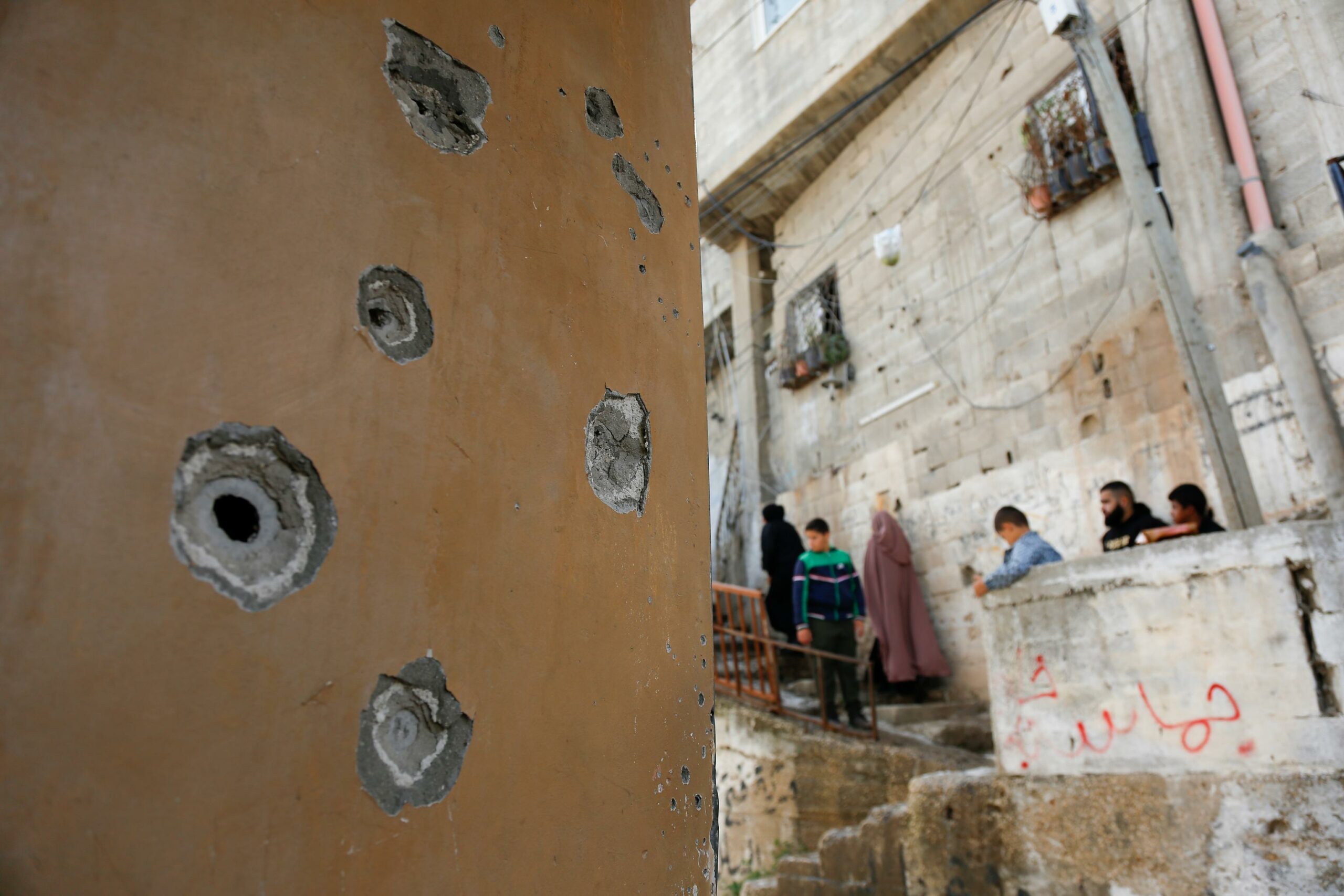Tag: west bank
-
Who is Holding Israel Accountable for its Crimes?
Israeli snipers were deployed everywhere, especially on the roofs of Palestinian houses inside the camp and its surroundings, as well as inside buildings under construction in the city, targeting anything that moved.
-
Another crime committed in Tulkarem camp by the Occupation Forces
14 November 2023 | International Solidarity Movement | Tulkarem By Diana Khwaelid Another crime perpetrated by the Israeli occupation in the Tulkarem refugee camp. The blood of the four Palestinians who were killed about a week ago had not yet dried up before the Israeli Occupation Forces committed a new crime that claimed the lives…
-
White Roses
When I came to Palestine, I brought with me a compass. And when I open it, covering up what would point me north to find my way is white rose petals. The White Rose Society was a group of people in the center of Nazi Germany who maintained their humanity amid the inhumanity around them…



